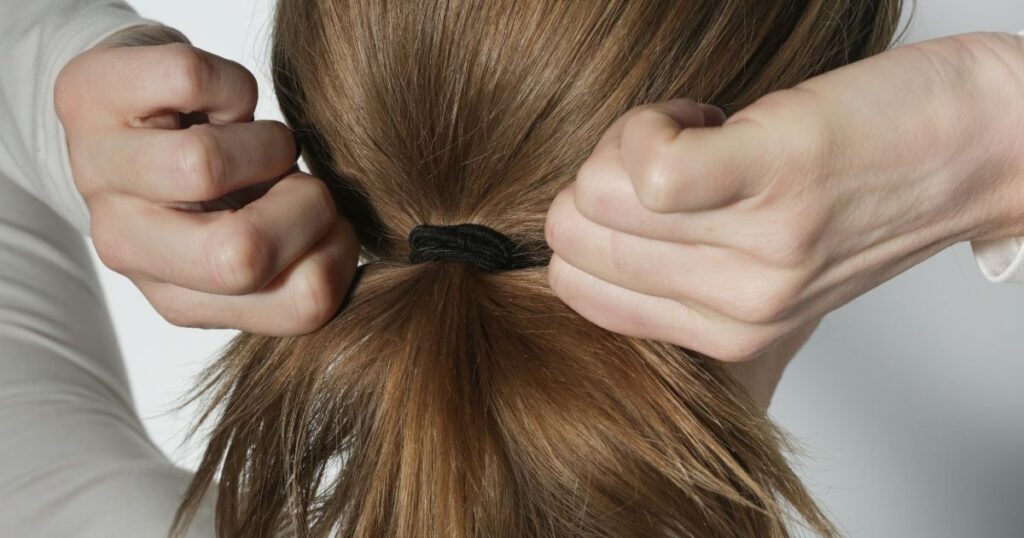
Did you know that your hair style could be to blame for your hair loss? There are many types of alopecia, often caused by things we cannot control. Traction alopecia is different; it happens because of actions taken by the person losing hair.
You may unwittingly be putting too much stress on your hair by pulling it back in tight ponytails, braids, cornrows, and extensions. With wedding and prom season upon us, tight hair styles are more and more prevalent. No worries: you can still get your up-do at the salon with confidence for these special occasions, but just be mindful that tight hairstyles on a daily basis can cause harm.
Traction alopecia is different from other hair loss types like androgenic alopecia, telogen effluvium, and alopecia areata. It happens when there is long-term tension on hair follicles. This tension often comes from tight hairstyles like ponytails and braids, or from chemical treatments.
This adds stress and tension to the follicle and, over time, it can damage the follicle enough that it can no longer produce hair. While particularly prevalent among individuals of African descent, it can impact people of various ethnic backgrounds as well as professionals and cultures.
Anyone who wears tight hairstyles or places repeated stress on their scalp can get traction alopecia. However, some people experience this more than others if tight hairstyles are common in their culture or profession. From female military members to ballet dancers, traction alopecia can be caused by many hairstyles, including:
In addition, hats, head scarfs, and other hair coverings that constantly rub against the scalp can also contribute to traction alopecia.
With hair loss from tight hairstyles, we frequently see hair loss occurring at the temples or at the front of the hairline, or in between braids or cornrows. It’s important to note that traction alopecia does not occur overnight and it does not mean you can never enjoy a tight hairstyle again, especially as you start to plan your prom night or wedding day.
However, to prevent reoccurrence, you should avoid these types of hairstyles on a daily basis or for a prolonged period of time. The good news is that traction alopecia can often be reversed if caught early.
Most people are familiar with the word “alopecia”, but may not realize that it is actually a term for all types of hair loss. In fact, there are many types of alopecias, all having different causes and potentially necessitating different treatment plans. The most common type of alopecia is androgenic alopecia (a.k.a. female pattern hair loss in females), followed by telogen effluvium, alopecia areata, and traction alopecia.
Here are some things to know about traction alopecia, according to the National Institute of Health:
If you have suffered hair loss due to a hair style, don’t worry: there are ways to treat it.
As said above, the only way to truly stop the advance of traction alopecia is to discontinue the use of tight hair styles on a daily or prolonged basis. That being said, the condition can be reversed with treatments designed to rejuvenate the follicle to start regrowing hair, such as:
Through the above treatments, we can rejuvenate the follicle to start regrowing hair. However, over time it can become more difficult to treat. If left untreated, the loss from traction alopecia can become permanent. And remember: even with treatment, you will also need to stop the styling practice that damaged your hair in the first place.
If you believe you are experiencing traction alopecia, or any type of alopecia, it is best to see a hair loss expert as soon as possible so that they can properly diagnose the cause and develop an appropriate treatment plan. Call us today for a personalized consultation.